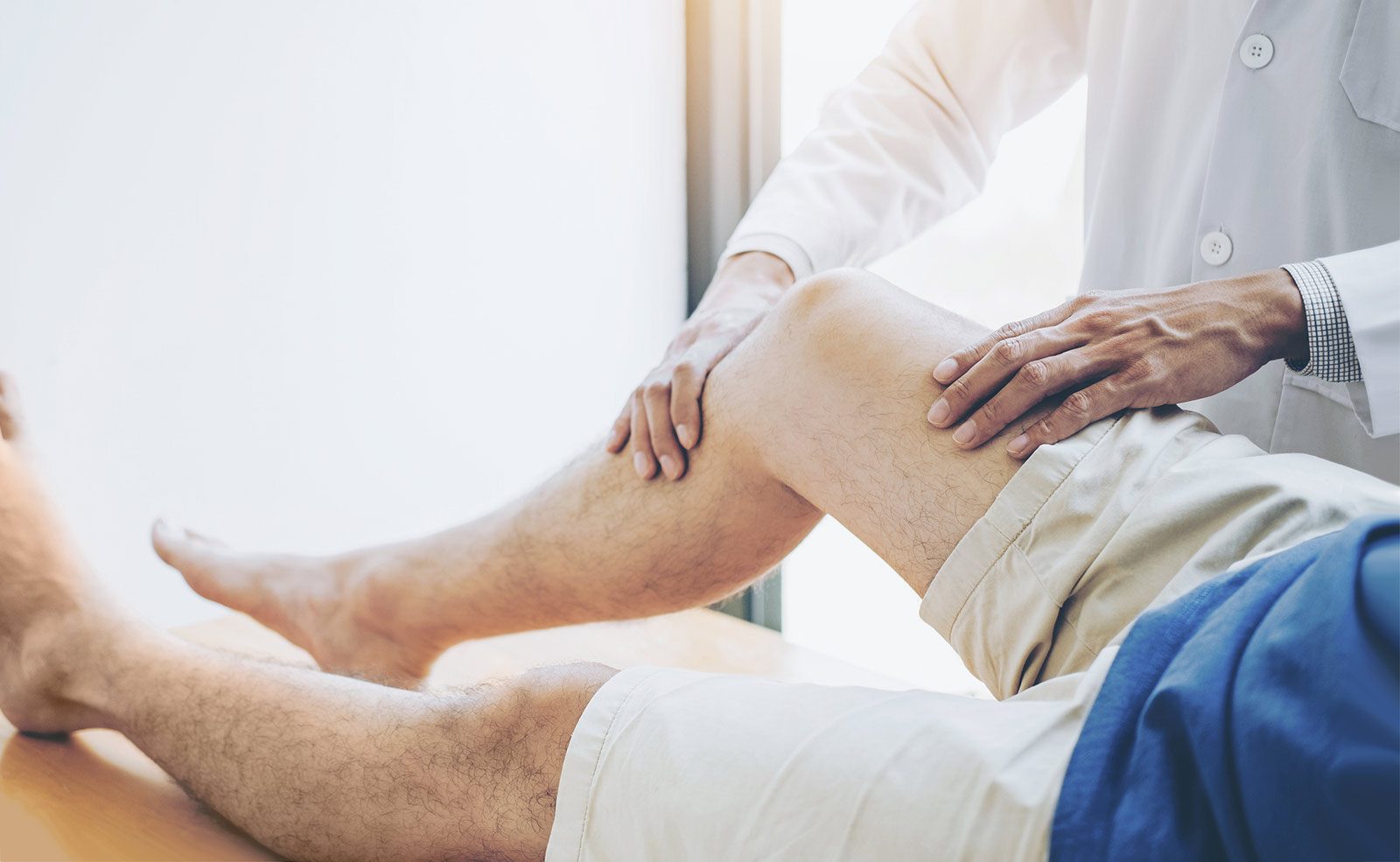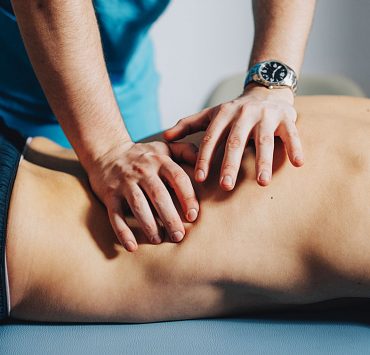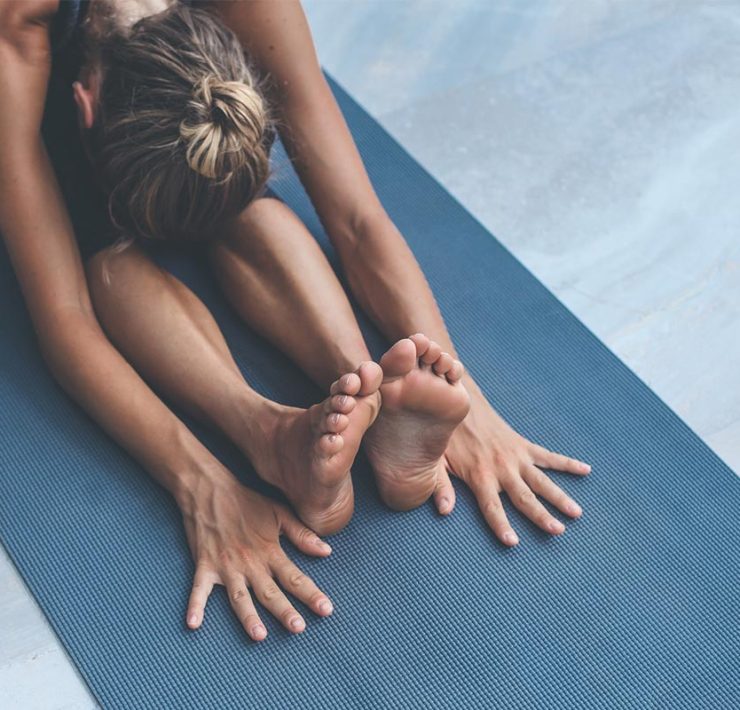Massage after an injury or surgery is a common recommendation to promote healing of the affected area. That’s precisely why you may have experienced the incorporation of targeted soft tissue work during physical therapy sessions. Even scar tissue massage can assist in the healing of surgical incisions, and localized or “spot” massage helps restore mobility and flexibility to the affected area.
All this targeted work is wonderful, but an often overlooked—though no less vital—part of the recovery process is full-body massage. In addition to the oft-cited benefits to blood flow, pain, and stress, there are some lesser known but equally important reasons to make full-body massage part of your recovery process. Here are 6 ways massage will help accelerate your recovery and get you back to feeling your best…
1. Massage Reduces Pain from Head to Toe
First and foremost, let’s talk about pain. One of the proven benefits of massage therapy is pain reduction. But massage doesn’t only reduce pain in a localized area where the massage is performed; it affects pain levels throughout the body systemically.
This is due in part to the massage’s activation of the parasympathetic nervous system. In this process, the nervous system relaxes, spurring production of neurotransmitters like endorphins (the body’s natural painkiller), serotonin, and oxytocin, which signal feelings of overall wellbeing to the brain—in turn reducing feelings of pain perception.
As a perfect case in point, a 2023 study showed that foot massage reduced pain following surgical gall bladder removal. A full body massage will help reduce pain from surgery or a healing injury through its local and systemic effects.
2. Massage Improves Proprioception
A severe injury or surgery can sometimes result in a person feeling less connected or “in tune” with their body, especially in the affected area, even when feeling pain there. This can lead to decreased confidence in one’s body, hesitancy in movement, and impairment to one’s awareness of position and movement of the in space, known as proprioception. This, in turn, can delay recovery—or worse, result in further injury.
Massage can help a person feel more connected to their body and specifically, increases proprioception, as documented in both this 2015 study and this 2024 trial. Supporting proprioception with massage can help restore confidence and coordination of movement, leading to a faster and more complete recovery.
3. Massage Restores Altered Body Mechanics
“Altered body mechanics” describes the compensatory patterns a person’s body adapts to when dealing with an injury. This happens when one “favors” one side of the body over the other, to avoid further straining an already-compromised area.
For example, if you injure your left ankle, you’ll likely end up putting greater demand on your right leg, which can eventually result in pain in the right side of your lower back, due to the uneven distribution of weight and movement. Even after your gait is restored, the lopsided low back pain can persist—or even get worse if the altered body mechanics just described aren’t restored to their correct state.
Regular massage can help prevent altered body mechanics by supporting musculoskeletal alignment and proactive healing. And, should your body mechanics fall out of whack, massage can help restore healthy alignment and reduce the associated pain.
4. Massage Improves Coordination
An injury or surgery can disrupt neuromuscular connections—the synaptic link between the end of a motor nerve and a muscle that allows the brain to communicate with the muscle. Neuromuscular connections are vital for coordinating movement and maintaining stability, which can be lumped into a category called “psychomotor skills.”
Regular massage therapy has been shown to positively impact neuromuscular pathways, due in part to the alleviating of muscle tension and promotion of healing blood flow. Massage has also been shown to support the development of psychomotor skills in infants.
After a particularly disruptive injury or surgery, maintaining and restoring psychomotor skills with massage will aid in a more efficient recovery.
5. Massage Increases Circulation
Massage is well known for enhancing circulation. The redness of the skin after a massage is physical evidence of increased blood flow to the area. Increased circulation in an injury site promotes healing, as blood brings healing nutrients and oxygen with it.
A 2024 study of volunteers receiving massage on only one limb seems to indicate broader circulatory benefits of massage: After the massage, results showed that blood perfusion (getting blood from the circulatory system into tissue) increased both in the massaged limb and the contralateral limb, while also proffering whole-body circulatory benefits. This is a strong indicator that regardless of where you are injured, a massage anywhere on your body will help your injury heal!
6. Massage Reduces Stress
This is surely no surprise to you, but massage is often cited as a great way to relax. While “relaxing” may not be top-of-mind when trying to recover from a trauma, it can actually improve and accelerate healing. Psychological stress has been documented to delay healing, while massage promotes better sleep and reduces cortisol—essential conditions for avoiding the dangerous risks of stress conditions. A full body massage, with its resultant relaxation effect, can prevent any delays to the healing process—and make you feel great in the meantime.
IMPORTANT: Of course, you should always consult your physician before getting a post-surgery or post-injury massage to be sure there are no contraindications. And communicate with your massage therapist about the specifics of your condition—they’ll want to know the details!
Massage is a vital part of the healing process after a major injury or surgery, thanks to its powerful ability to increase circulation, decrease stress and pain, address altered body mechanics, and restore coordination and proprioception. After an injury or surgery, incorporating massage into your recovery process will help get you back to action faster.
Zeel makes recovery even easier by bringing the massage to you, on your schedule. P.S. You don’t need to be convalescing to deserve a restorative massage—book yours today!
Melanie Peddle holds a MS in Mechanical Engineering and has been practicing massage since 2012. She is an instructor with Western Colorado University in its partnership with the University of Colorado, focusing on biomechanical engineering and injury, as well as applications in adaptive sports. An accomplished collegiate athlete, Melanie brings an engineer's mind to all her physiological pursuits, and a passion for the most interesting engineering challenge of all: the human body.



